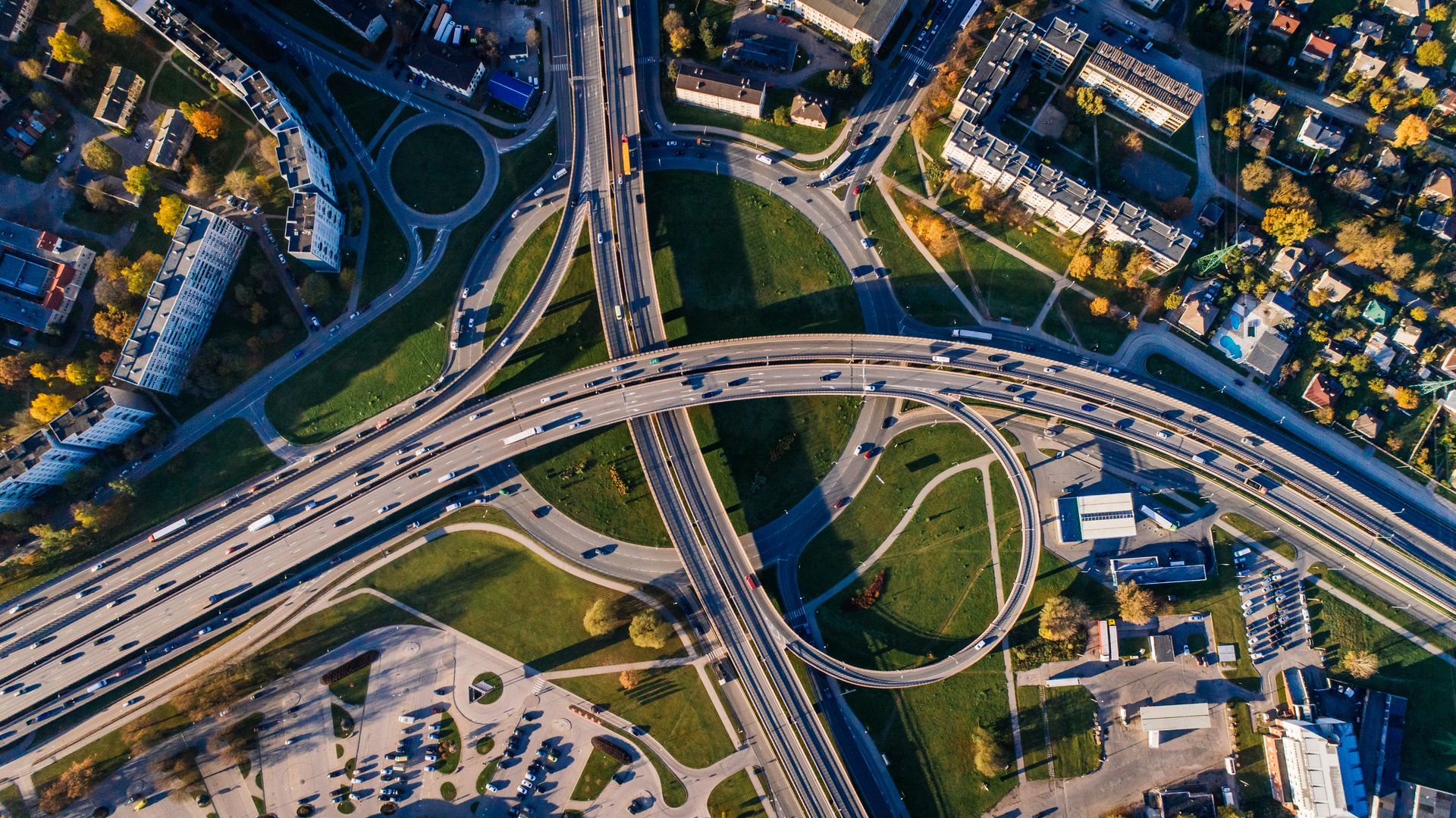
iTREMP project publication | 2
01.01.2020
News
iTrEMP
As it has already been mentioned, WeAreDots, SIA and the Institute for Electronics and Computer Science have jointly started the implementation of the project “iTrEMP: Intelligent Transport and Violations Management System” (hereinafter referred to as the Project).
The aim of the project is to develop an innovative platform for collecting, disseminating and managing traffic data, which could serve as a basis for the development of new products that would support more environmentally friendly and efficient city management.
4 activities are defined for the development of the following platform, on which the scientific staff of the Project has started active work:
- Development of sensory data models and retrieval methods – a data model is developed within the scope of this activity, taking into account both the specificities of existing data sources and potential future data sources. Solutions are being sought for problems such as easy access to data, interoperability of data, grouping of data, prioritisation of data among similar or substitutable data sources, as well as for the extraction and storage of metadata to reduce the amount of data being stored and transmitted and to reduce the privacy risks associated with large-scale centralised data collection. Data extraction methods, including the transformation of data from different sources, are being studied, adapting them to the general data model (frequency, error rate, interpolation), data synthesis and merging in virtual sensors using existing data sources (e.g., icing risk from temperature and humidity for data), as well as mutual enrichment of data, leading to more reliable systems and potential redundancy. Both classical and artificial intelligence-based methods are being studied and evaluated.
- Using machine learning for data analysis and decision-making – a number of tool tests for data analysis, synthesis and decision-making are being developed and validated to demonstrate the benefits of the proposed platform. Since the urban environment is very diverse and dynamic, the tools for such analysis can be very complex, including real-time requirements. Diversity and large volume of data force to use (deep) machine learning rather than classical methods, because due to the availability of large datasets and large computing resources deep machine learning methods have recently achieved better results in a number of computer vision tasks, including image recognition and segmentation.
- Bulk (video) data acquisition solutions – not all data available in urban environments can be used for centralised and open sending and storage. Bulk data not only require costly and high capacity infrastructure, but they also contain a lot of unnecessary information that can potentially violate privacy of individuals. Two solutions are being studied – local methods for retrieving video data metadata in an embedded installation (on camera), allowing to send only important metadata, as well as distributed machine learning approaches where some of the analysis is transferred away from centralised servers. In both of these methods, some of the data remain local on cameras, providing security, privacy and data transmission rate improvements, at the same time reducing the need for expensive centralised processing equipment capacities.
- Developing a prototype platform – speed is an important problem in this study, because such systems ensure a continuous data flow and therefore need to practically work in real time. The original research results obtained as a result of the research directions carried out within the project will be tested in laboratory conditions and then developed as modules for a prototype system that will be validated in real urban conditions.
Previous Post
30.12.2019
News
Next Post
02.01.2020
